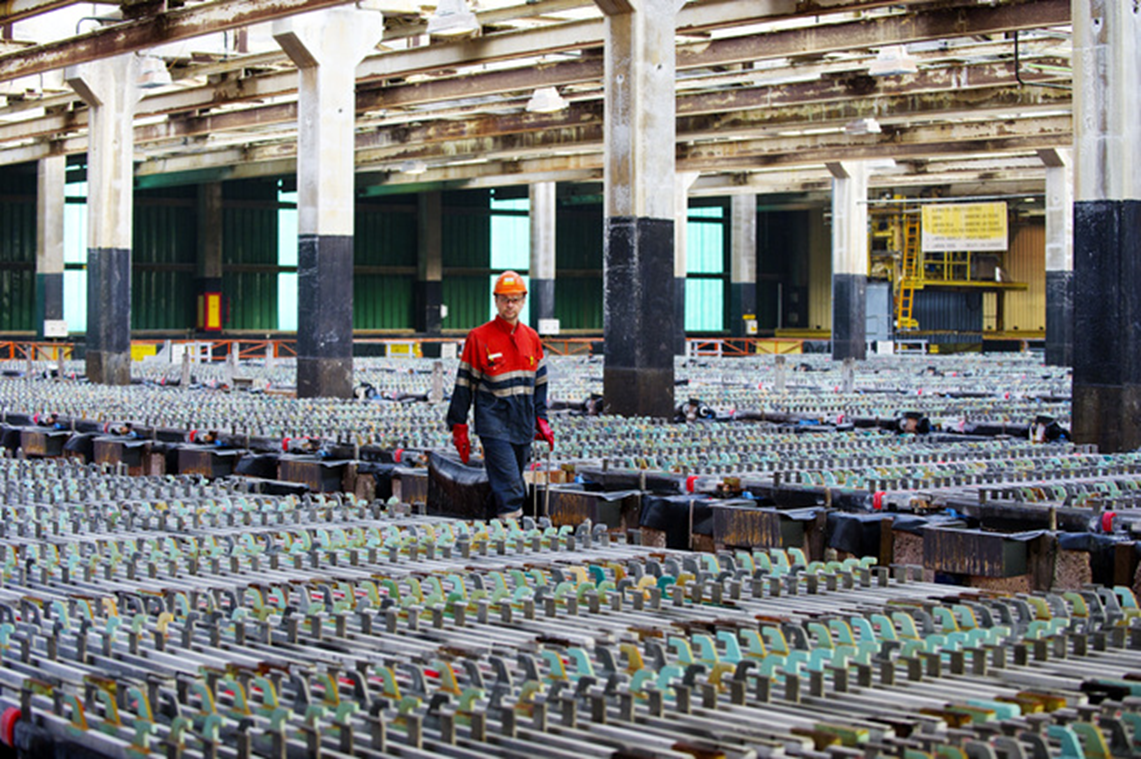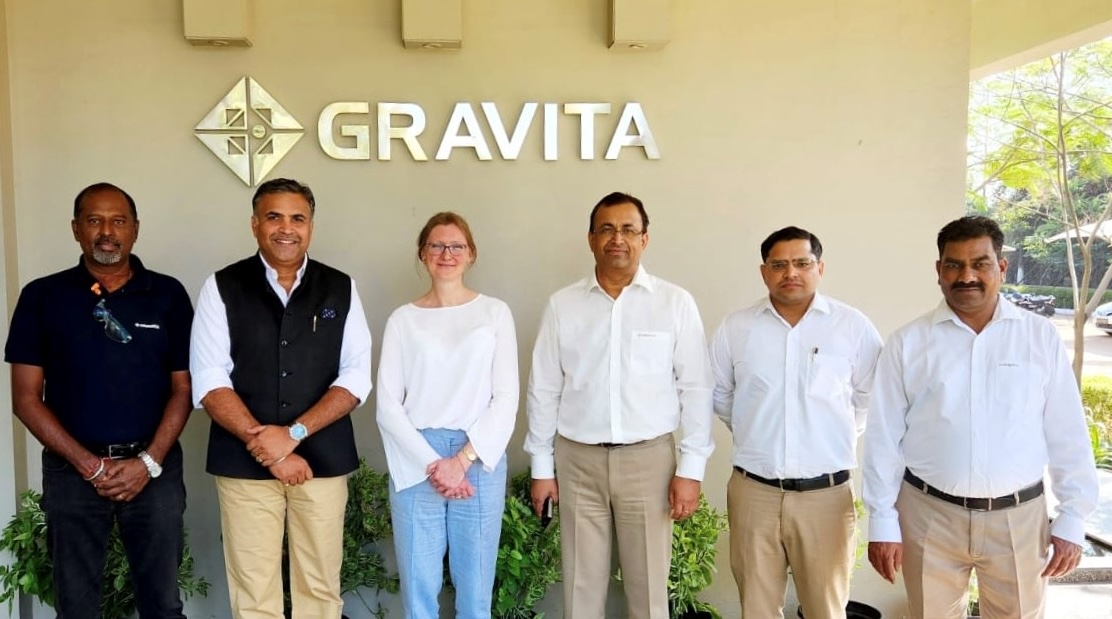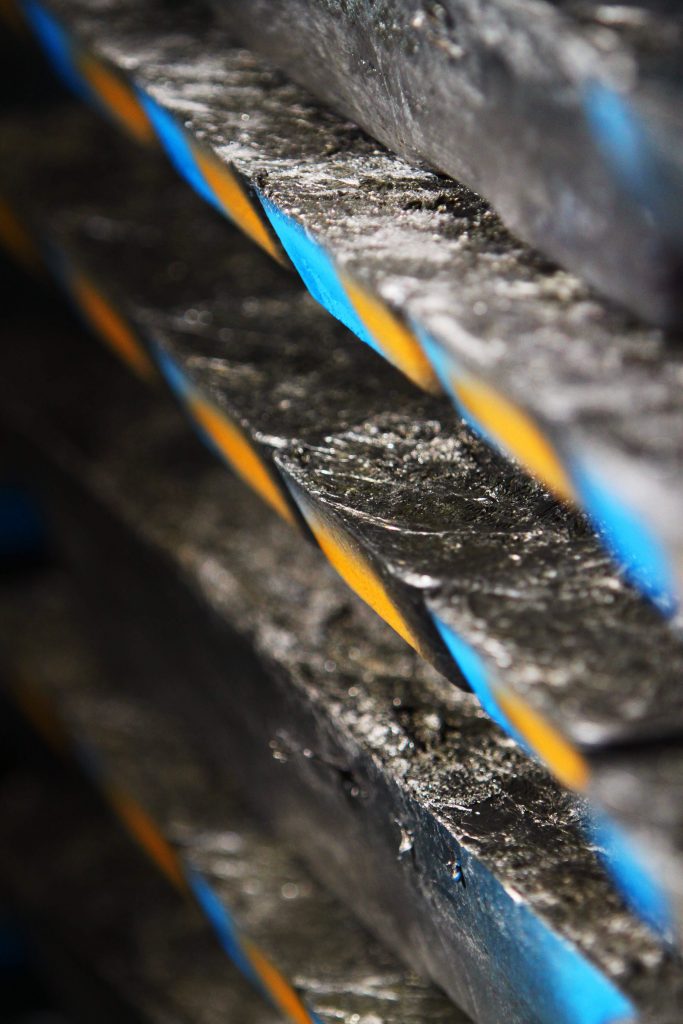Author: Mik Gilles, Manager Energy and Regulatory Affairs – International Zinc Association
Zinc and lead metals are the two most widely used non-ferrous metals after aluminium and copper as vital materials in everyday life. Lead and zinc ores often occur together and throughout an extraction method are separated.
A transition to clean electricity is already underway, with more than 29% of the world’s energy supply coming from renewable sources. Solar PV and wind power are set to contribute two-thirds of renewables growth and both energies need the raw materials to achieve the objectives set by the European Union.
Zinc plays an indispensable role in the renewable energy sector, including solar and wind power. Zinc coatings protect solar panels and wind turbines structures against corrosion and according to the International Zinc Association “a 10MW offshore wind turbine requires 4 tonnes of zinc whilst a 100MW solar panel park – enough to supply 50,000 homes – requires 240 tonnes of zinc”.
About 60% of zinc consumption is intended for steel galvanizing to protect against corrosion 33 million tonnes/year steel in EU. This significantly increases the lifespan of steel in infrastructure, wind energy (70% of a wind turbine is made of steel), cars, photovoltaic installations, electro-mobility, and poles in the electricity grid. In addition, this helps to reduce the carbon footprint and recycling process.
However, the above contribution to the renewable energy would not be possible without lead.
Today, more than 95% of the EU’s zinc refining uses an electrolytic process known as electro-winning. At the heart of a zinc refining plant is the cellhouse where zinc is extracted from an acidic zinc-sulphate by electrolysis, aluminium cathodes, on which zinc metal is deposited, and inert lead anodes. The remaining 5% relies on pyrometallurgic processes which focus on the refining of complex mixed zinc-lead concentrates that cannot be refined in the standard electrorefining process.
Lead anodes are essential to make zero carbon zinc. For over 50 years, zinc producers have been researching potential alternatives. Titanium substrates with a mixed precious metal oxide coating were once thought to be a possible alternative. However, although they worked sufficiently in copper and nickel electrolysis, they failed as anode materials in zinc electrowinning. Unless a new technology to replace electrowinning is developed, there is no potential that lead anodes could be replaced by an alternative material.
Lead anodes need to be renewed every 3-4 years but at the end-of-life cycle, the anodes are remelted to make new anodes. Since lead is essentially 100% recyclable and it does not lose any of its properties when it is recycled, this creates almost a closed loop. Only a small amount of new lead is required to compensate for the losses during its use. Within EU, the total consumption of lead for Zinc production is about 6,000 tonnes/year.
Lead anodes are essential to create zinc. Zinc is essential to protect steel against corrosion, which is key element for solar panels and wind turbines. The European Union is required to deliver on developing a secure and sustainable supply chain for clean energy in the following years while supporting investment, job creation and environmental objectives. The domino effect might play its effect.







